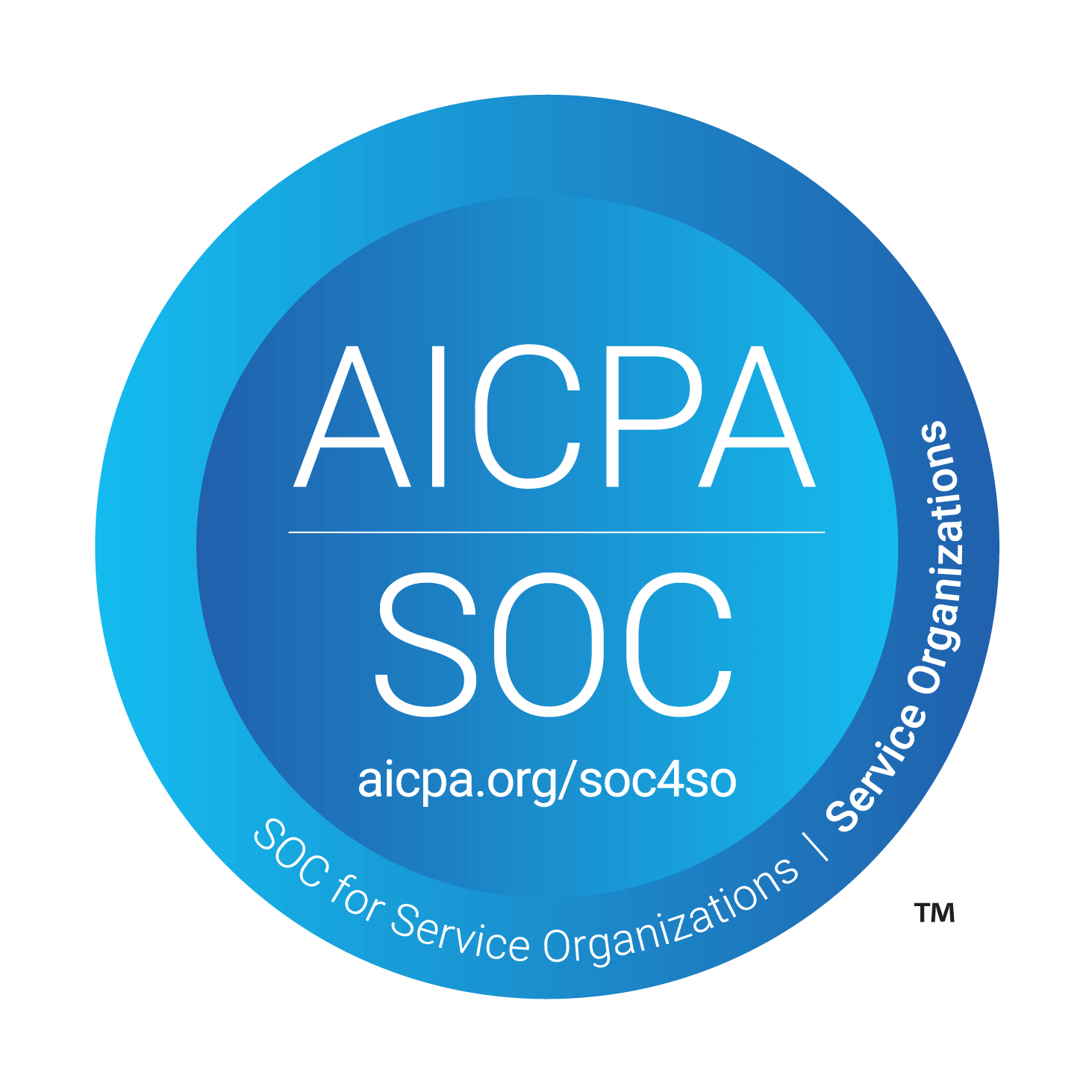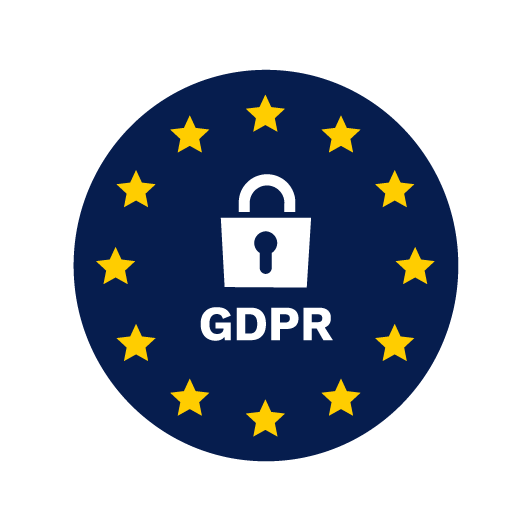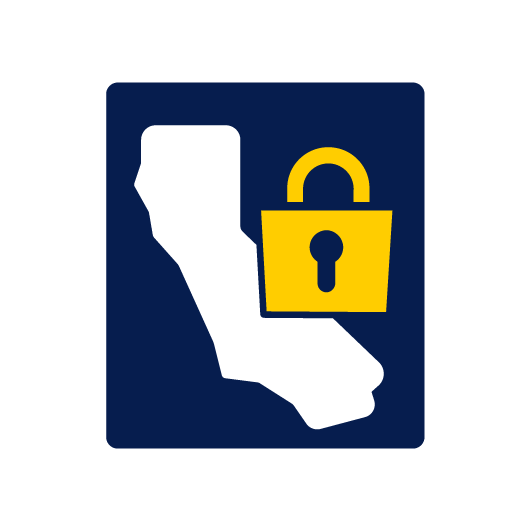What is the Difference Between Inspections, Audits, and Assessments? Detailed Comparison
Audits, inspections, and assessments are all recurring activities designed to, in one way or the other, improve operational performance. They’re vital to any organization that hopes to ensure safety and compliance, and maintain efficient operations.
Because they all support the same end goal, the lines between these processes can get blurry at times.
In this post, we’re giving you everything you need to know to optimize your evaluation processes and understand when to apply each. That includes clear definitions of each method, their differences, and plenty of use case examples.
If you’re in a hurry, here’s a quick graphic that summarizes their main differences.
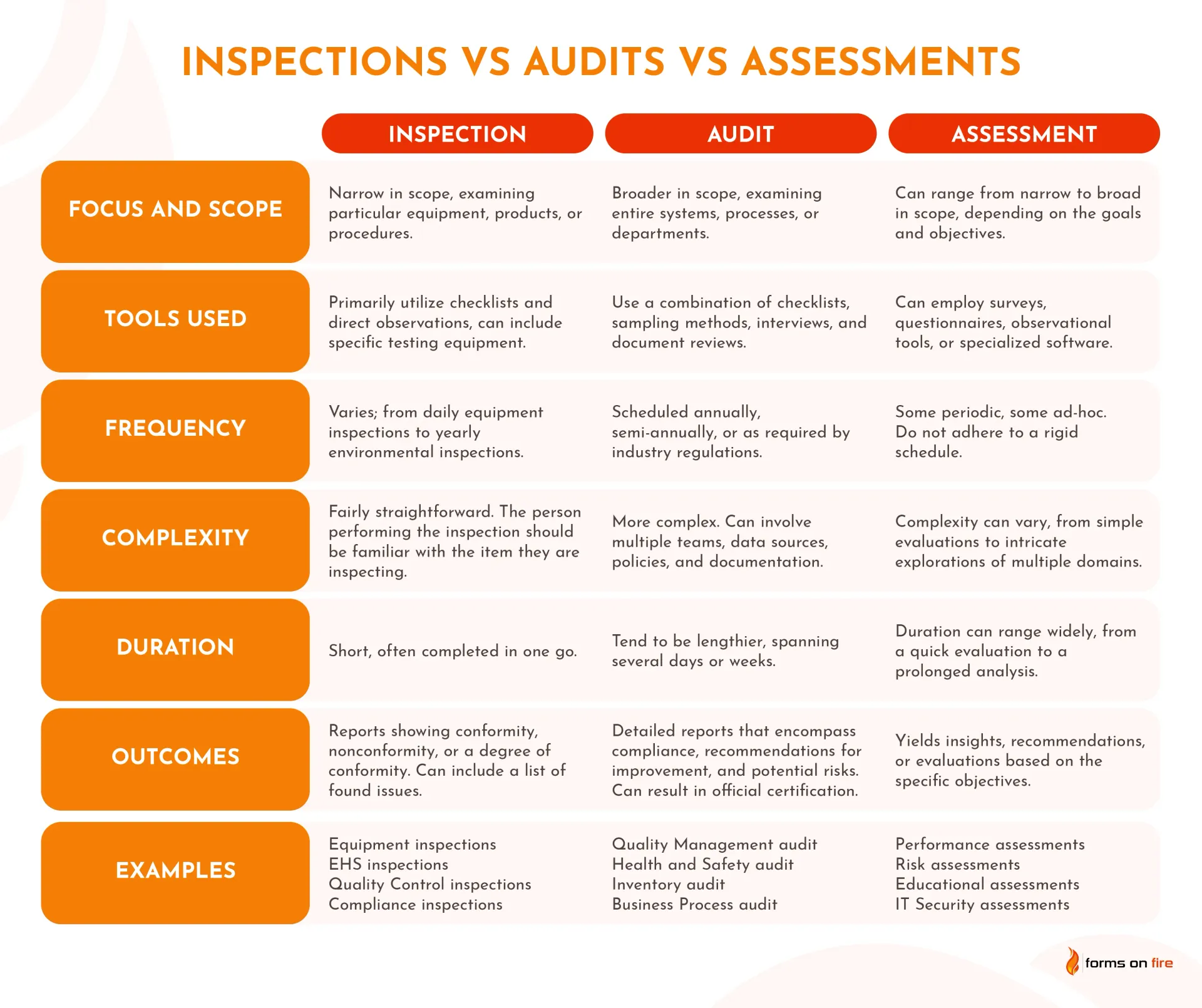
What is an audit?
An audit is defined as: “The systematic, independent, and documented process for obtaining objective evidence and evaluating it objectively to determine the extent to which audit criteria are fulfilled.”
Audits are performed to ensure that a company’s internal processes, controls, and systems are compliant with established standards, industry regulations, or company policies. They are often used for quality management, environmental performance, and documentation of health and safety.
Depending on its purpose and who performs it, we can differentiate between four specific types of audits:
- Internal audits: Internal audits (aka first-party audits) are conducted by qualified in-house personnel in order to improve processes and performance. They do not result in certifications but can serve as the basis for an organization’s declaration of conformity.
- External audits: External audits can be second or third-party. Second-party audits are performed by parties who have some interest in the organization (like customers). Third-party audits are completed by independent auditing organizations that often provide official certifications.
- Combined audits: A combined audit is used to simultaneously audit two or more management system standards, product standards, service standards, or process standards at a single organization.
- Joint audits: A joint audit is an audit carried out at a single organization by two or more auditors.
Audits may be scheduled
annually,
semi-annually, or
as required by specific regulations or stakeholders. Since they are often comprehensive and time-consuming, more and more organizations are looking to
digitalize and automate their audit processes.
What is an inspection?
ISO standards define inspections as “a determination of conformity to specified requirements.”
Inspections involve a thorough examination of a process, system, product, or facility to ensure compliance with specific criteria or standards. The primary aim is to identify defects, deviations, or non-compliance that can impact the quality, safety, or functionality of the item being inspected.
There are many types of inspections an organization can perform. Here are the most common ones:
- Safety inspections: Conducted to ensure that workplaces meet the necessary environmental, health, or safety standards. Examples include fire safety inspections, construction site safety inspections, and chemical storage inspections. Typically performed by Occupational health and safety officers or relevant governmental agencies.
- Equipment inspections: Used to check the condition of machinery, tools, and other equipment. Examples include inspections of manufacturing machinery, vehicles, and HVAC systems. Typically performed by maintenance technicians and machine operators.
- Quality Control inspections: Conducted at various stages of the production process to ensure that products meet specified quality criteria. Examples include raw material inspections, in-process inspections, and final product inspections. Typically performed by quality control personnel or third-party quality assurance agencies.
- Environmental inspections: Conducted to ensure that organizations comply with environmental regulations. Examples include water quality inspections, emissions testing, and hazardous waste disposal inspections. Typically performed by environmental agencies, regulatory bodies, or specialized environmental consultants.
- Health inspections: Prevalent in sectors where public health is a concern, like the food and hospitality industries. Examples include restaurant health inspections, hotel hygiene inspections, and food processing facility inspections. Typically performed by public health officials or relevant health departments.
- Compliance inspections: Designed to ensure that organizations or individuals are adhering to specific regulatory or legal requirements. They can overlap with some of the other categories but focus primarily on legal adherence. Examples include building code inspections, tax inspections, and trade compliance inspections. Typically performed by regulatory agencies, government officials, or specialized compliance consultants.
The frequency of inspections will vary depending on the industry, product, or process being inspected. For instance, a manufacturing facility might have
daily inspections for certain equipment, whereas an environmental inspection might be done only
once or twice a year.
What is an assessment?
Unlike audits and inspections which primarily focus on compliance, assessments are often more holistic, gauging the effectiveness or performance of a system, process, or individual.
They can be qualitative or quantitative in nature and — based on their purpose and the context in which they're applied — can be used for a myriad of purposes.
Common types of assessments include:
- Performance assessments: Designed to evaluate the performance of employees or teams in an organization. They may focus on skills, competencies, achievements, and contributions to the organization. Typically conducted by human resource departments, managers, or external consultants.
- Risk assessments: Used to identify, evaluate, and prioritize potential risks in a given context. They're essential in determining preventive measures and mitigation strategies. Typically conducted by risk management teams, safety officers, or specialized consultants.
- Environmental Impact Assessments (EIA): Evaluate the potential impacts of a project or action on the environment. EIA is essential for ensuring sustainable development practices. Typically conducted by environmental consultants, regulatory agencies, or internal environmental teams.
- Educational assessments: Designed to measure students' knowledge, skills, aptitudes, and other academic capabilities. They can be formative (ongoing) or summative (final evaluation). Primarily used by teachers and specialized testing organizations.
- Financial assessments: Focus on an organization's or individual's financial health, examining elements like creditworthiness, assets, liabilities, and overall financial stability. Conducted by financial institutions, credit agencies, or internal financial teams.
- IT security assessments: These assessments gauge the security posture of an organization's IT systems. They identify vulnerabilities and threats and recommend mitigation strategies. Used by IT security teams, cybersecurity consultants, or third-party security firms.
Naturally, the timing of assessments will vary wildly based on their type and purpose. Some are
periodic (annual employee performance assessments), while others may be
ad-hoc (post-incident risk assessments). Most of them
do not adhere to a rigid schedule.
Key differences between inspections, audits, and assessments
While they all strive for enhanced efficacy and compliance, their methodologies, depth, and outcomes differ. Understanding these differences is crucial in implementing the correct approach for your organizational needs.
Scope and structure
- Inspections: Typically narrower in scope; generally item-specific, examining particular equipment, products, or procedures. Structurally, they are more about direct observation and verification.
- Audits: Broader in scope, examining entire systems, processes, or departments. They provide more of a big-picture evaluation by delving into systemic issues. Structurally, they can involve sampling, interviews, and document reviews.
- Assessments: Can range from narrow to broad in scope, depending on the goals and objectives. They can incorporate elements of both inspections and audits.
Tools
- Inspections: Primarily utilize checklists, direct observations, and testing equipment.
- Audits: Use a combination of checklists, sampling methods, interviews, and document reviews.
- Assessments: Can employ surveys, questionnaires, observational tools, or specialized software, depending on the assessment's nature.
Complexity
- Inspections: Often straightforward, aiming to check compliance with standards or identify defects. The person performing the inspection should be familiar with the item they are inspecting.
- Audits: More complex, examining compliance, effectiveness, and potential improvements in systems or processes. Can involve multiple teams, data sources, policies, and documentation.
- Assessments: Complexity can vary, from simple evaluations to intricate explorations of multiple domains.
Duration
- Inspections: Typically shorter in duration, often completed in a single visit or short time frame.
- Audits: Tend to be lengthier, sometimes spanning several days or weeks, given their comprehensive nature.
- Assessments: Duration can range widely, from a quick evaluation to a prolonged analysis, depending on depth and breadth.
Outcomes
- Inspections: Result in a report show conformity, nonconformity, or a degree of conformity; can also list found issues or potential hazards.
- Audits: Produce a more detailed report or findings that encompass compliance, recommendations for improvement, and potential risks. They can also result in official certification.
- Assessments: Yields insights, recommendations, or evaluations based on the specific objectives, which can be broad or narrow.
By distinguishing between these evaluations based on the outlined factors, organizations can better decide which method is most suitable for their specific use case.
Simplify your audits, inspections, and assessments with Forms On Fire
These processes, each with its unique characteristics and applications, are crucial for enhancing efficiency, ensuring compliance, and driving organizational growth. But the true potential of these evaluations is unlocked when they are streamlined and digitized.
Whether you're conducting a thorough audit, a meticulous inspection, or a detailed assessment, Forms On Fire ensures that every piece of information is seamlessly captured, securely stored, and readily accessible.
Learn how by starting a free trial.

